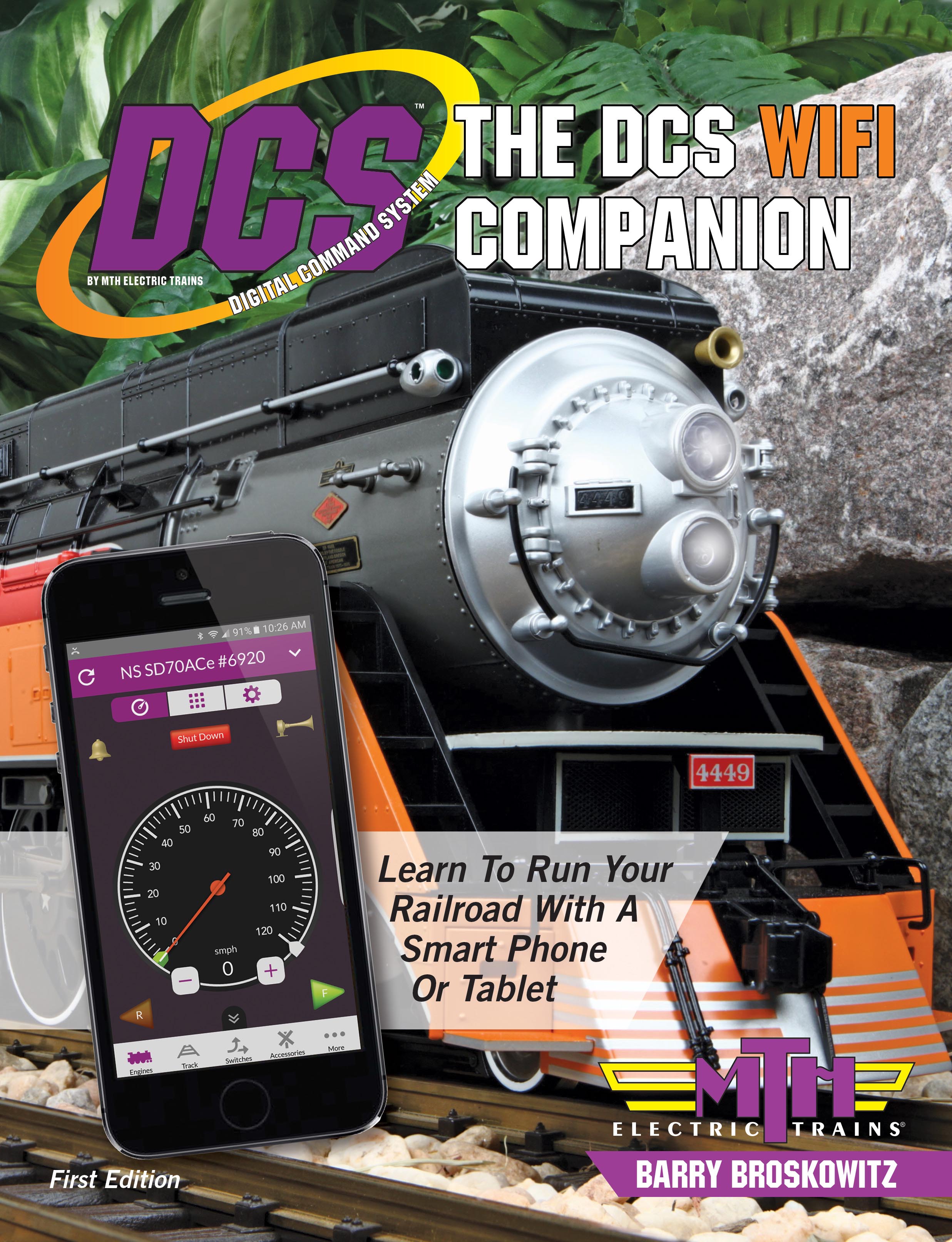Hello Friends,
I am am enjoying this discussion, especially the suggestions to "toggle" the engine storage tracks. While much of this topic has been regarding command control and related electronics, I am still rooted firmly in the past and run post-war Gilbert AF on AC (the electrical current, not the man). What new production S Gauge locos I have purchased from American Models and S Helper, along with my Lionel AF Polar Express, I run in conventional AC mode. No DCC or even straight DC used here.
To this point, my turnouts have always been AF traditional track switches with their integral, optional "2 Train" operation. This works fine to hold a train or a locomotive on a siding or in the yard if you don't leave the switch open to the powered rail.
My long planned "permanent" home layout will have storage tracks on the inside loop, so the use of toggle switches to apply or kill power to the selected track is very appealing. Now to my question to this group:
Can I use any one of the commonly available rotary power switches to route power to the selected storage track rather than a group of toggle switches?
As can be surmised from my continued use of AC, the dinosaur of today's toy train power, my electrical aptitude is pretty much limited to hooking up tracks and accessories to transformers. So I don't know whether any rotary switch will work with low voltage, whether they all come with an "all off" position other than just leaving one route unwired, whether there might be any problem with a momentary powering of each track as I click through selection, etc.
My space for a control panel will be limited, so the idea for some of the power routing to be contained in a single switch has its attraction. Any hints, tips, cautions or experiences with rotary switch selection or with such a set up will be greatly appreciated.
Cheers!
Alan







